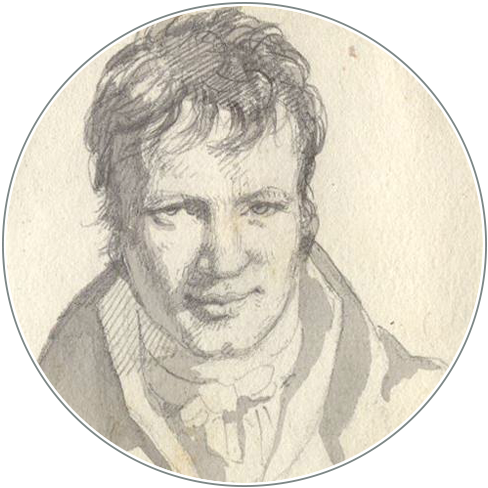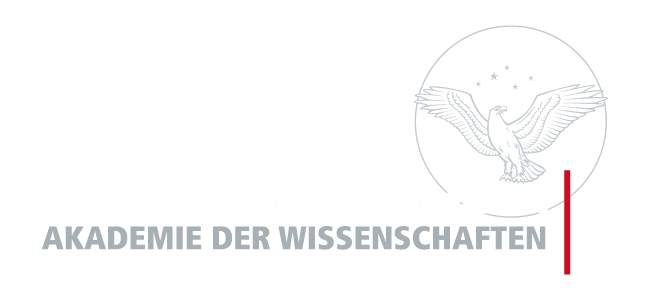Languages about Languages: Two Brothers and one Humboldtian Science
DOI:
https://doi.org/10.18443/270Keywords:
Wilhelm von Humboldt, Alexander von Humboldt, cooperation, Humboldt brothers, Humboldtian science, world science, epistemology of expansion, critical convivence, convivence of languages, multilingualism, energeia, Weltansicht, Totaleindruck, multi-logicalAbstract
Abstract
In the history of Humboldt research both brothers have been traditionally seen as representing the dichotomy between the humanities and the natural sciences. Today however, their similar approach to using and forming scientific language could be used as a starting point for conceiving a university, museum and even forum under one single Humboldtian science.
Zusammenfassung
In der Vergangenheit sah die Humboldt-Forschung beide Brüder als Vertreter gegenteiliger wissenschaftlicher Ansätze. Heute jedoch kann ihr ähnlicher Zugang zu wissenschaftlicher Sprache als Ausgangspunkt für die Konzipierung einer Universität, eines Museums und Forums unter einer einzigen Humboldtschen Wissenschaft genutzt werden.
Resumen
En la investigación humboldtiana, los hermanos tradicionalmente representaban la oposición entre las humanidades y las ciencias naturales. Hoy, en cambio, su enfoque similar de usar y construir
las lenguas y los discursos de sus respectivas disciplinas se puede usar como punto de partida en concebir una universidad, un museo y un fórum desde una sola ciencia humboldtiana.
Lecture held on the occasion of Leibniz Day, 2017 of the Berlin-Brandenburg Academy of Sciences and Humanities

Published
How to Cite
Issue
Section
License
Copyright (c) 2018 Ottmar Ette

This work is licensed under a Creative Commons Attribution-NonCommercial 4.0 International License.
HiN operates under a Creative Commons-Licence (CC BY-NC 4.0), which permits the reproduction of articles, free of charge, for non-commercial use only and with the appropriate citation information. All authors publishing with HiN accept these terms of publication.
Authors retain the copyright for their articles and reviews. Copyright of the layout and design of HiN articles remains with the journal and cannot be used in other publications.








